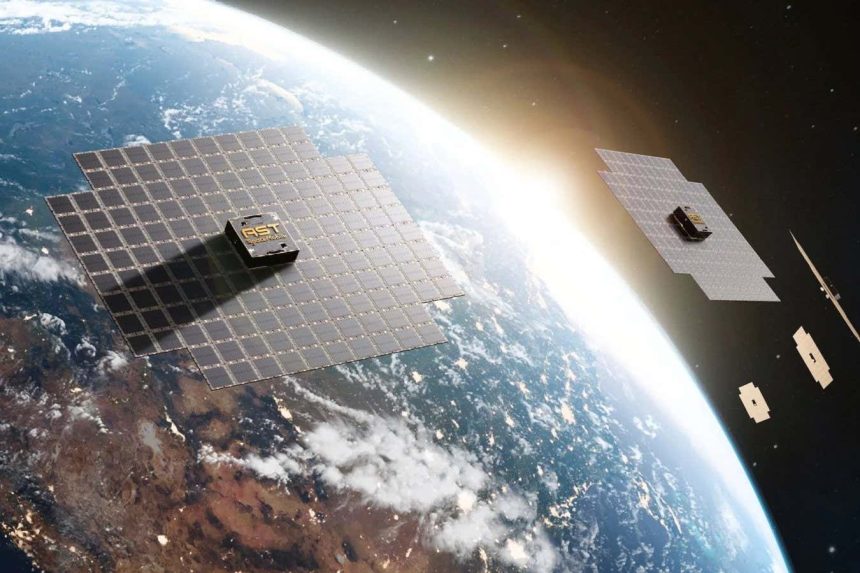Impending Satellite Launches: Astronomers Concerned About Light Pollution
This week, the imminent launch of five new satellites has raised significant alarm among the astronomical community. These satellites are expected to emit light levels exceeding those of most celestial bodies visible in our night sky.
The Potential Impact on Astronomy
Experts warn that such a proliferation of brightly illuminated satellites could severely hinder observational astronomy. With these artificial lights outshining stars, essential research and study of the universe may be compromised. The very fabric of our night sky is at stake, leading to potential disruptions in data collection and analysis.
Understanding Light Pollution
Light pollution, a phenomenon exacerbated by artificial illumination from sources like satellites, poses various threats to both astronomy and environmental well-being. For instance, wildlife accustomed to natural light cycles can experience disruptions in their habitats due to excessive brightness coming from above.
Furthermore, recent studies suggest that an increase in satellite launches correlates with a growing number of dark-sky enthusiasts who report diminished visibility of stars over time—an alarming trend as cities expand and more devices are launched into orbit.
Modern-day Examples
An illustrative example includes SpaceX’s Starlink project; with thousands of mini-satellites planned for deployment within the next few years, stargazers have already noted a significant decline in star visibility during clear nights. This has led many astronomers to advocate for measures that mitigate satellite brightness through design alterations or operational guidelines.
Moving Forward: Finding Balance
While advancements in technology present exciting possibilities for global connectivity via satellite networks, it is imperative for scientists and policymakers alike to prioritize strategies that protect our skies from becoming overly cluttered with bright objects. Continuous dialogue between tech developers and astronomers is crucial for establishing effective regulations before we reach an irreversible point concerning our observations of the universe.
In sum, the upcoming launches underscore an urgent need for collaborative efforts aimed at preserving celestial integrity while fostering innovation on Earth—a delicate balance indeed as humanity strides forward into uncharted technological territory.





